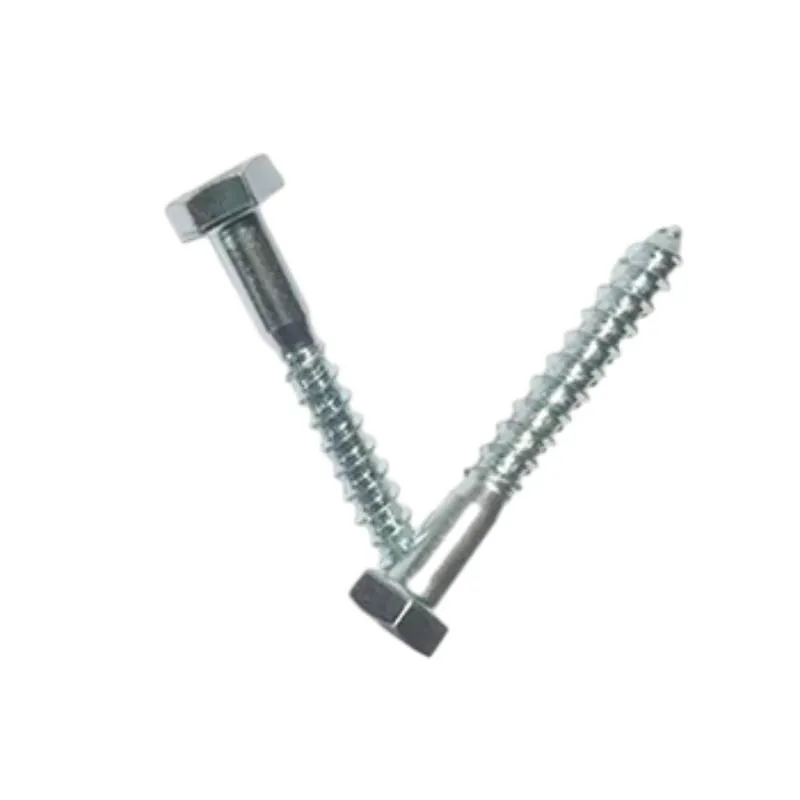sept. . 16, 2024 03:54 Back to list
High-Quality Threaded Rods for Industrial Applications
Making Threaded Rod A Comprehensive Guide
Threaded rods are versatile fasteners used in various applications, ranging from construction to machinery. Their unique design allows for easy and secure fastening of different components, making them essential in numerous industries. In this article, we will explore the process of making threaded rods, the materials used, and some applications where they are commonly employed.
Materials Used in Threaded Rod Production
The first step in making a threaded rod is selecting the appropriate material. Threaded rods are typically made from metals such as steel, stainless steel, or aluminum, depending on the intended use. Steel rods are popular due to their strength and durability, while stainless steel offers resistance to corrosion, making it ideal for outdoor or marine applications. Aluminum, on the other hand, is lightweight and resistant to corrosion, making it suitable for many electrical and mechanical uses.
Manufacturing Process
The process of making threaded rods involves several key steps
1. Cutting the Rod The process begins with cutting the raw material into the desired length. This length can vary depending on the application, as some projects may require longer rods while others may need shorter ones.
2. Threading Once the rod is cut to length, the next step is to create the threads. This can be accomplished through various methods, including rolling, cutting, or grinding. Thread rolling is a preferred method as it tends to produce stronger threads without removing material from the rod. This process involves using dies to deform the metal into a helical shape, creating the threads needed for fastening.
making threaded rod

3. Finishing After the threading process, the rods may undergo finishing processes such as cleaning, plating, or coating. These steps are crucial in enhancing the rod's appearance and protecting it from environmental factors that could lead to rust or wear. Common finishes include zinc plating, which improves corrosion resistance, and anodizing for aluminum rods, which provides an additional layer of protection.
4. Quality Control Before the threaded rods are packaged and shipped, they undergo rigorous quality control tests. These tests ensure that the rods meet specific standards for strength, thread dimensions, and overall quality. This step is vital as it ensures that the rods will perform adequately in their intended applications.
Applications of Threaded Rods
Threaded rods have a wide range of applications, making them an integral part of many industries. In construction, they are often used for hanging objects, securing structural components, and anchoring systems. In manufacturing and assembly lines, threaded rods facilitate the connection of machinery parts and components, ensuring smooth operation.
Additionally, threaded rods are commonly used in electrical installations. They can anchor electrical conduit or support lighting fixtures, demonstrating their versatility. In the automotive industry, threaded rods secure various engine components, contributing to the overall functionality of vehicles.
Conclusion
In conclusion, making threaded rods involves intricate processes that ensure their strength and reliability. Understanding the materials used and the manufacturing steps involved can help industries select the appropriate fasteners for their projects. As threaded rods continue to play a pivotal role in various applications, advancements in material and manufacturing techniques will likely enhance their performance and reliability even further. Thus, they will undoubtedly remain a staple in both industrial and commercial settings.


